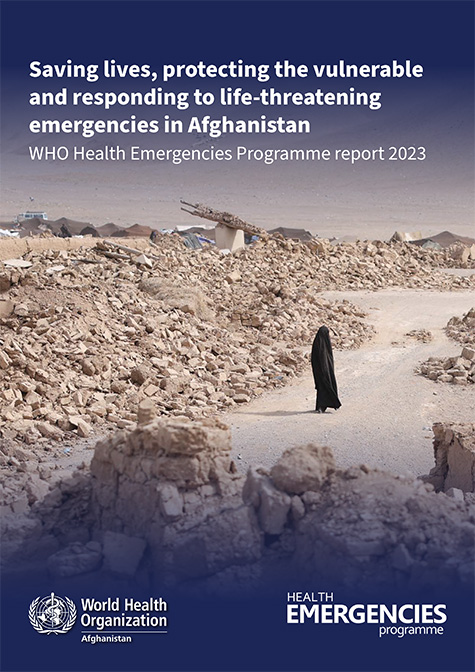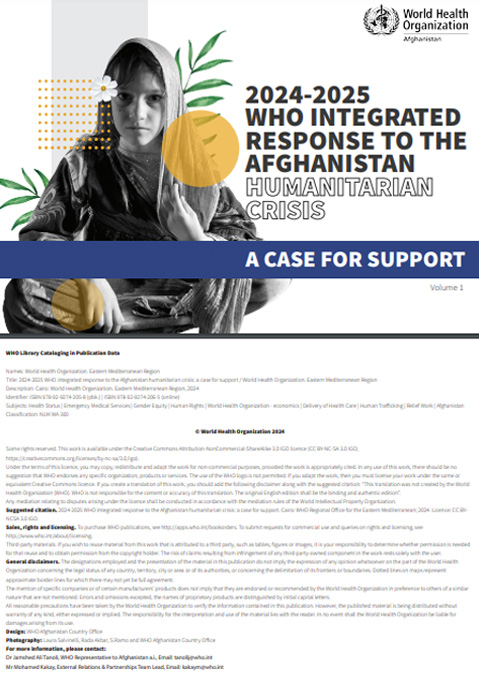Situation update
Afghanistan has a low HIV prevalence among the general and key population groups except for injecting drug users (IDUs). HIV prevalence among IDUs has been as high as 4.4%. If effective prevention interventions are not scaled up to reach adequate coverage, Afghanistan is likely to soon experience a concentrated HIV epidemic among IDUs. The 2009 UNODC Drug Use Survey in Afghanistan reveals that almost one million Afghans use drugs. In addition to IDUs, population groups living with HIV include prisoners, female sex workers, and men who have sex with men. In 2017, the number of people living with HIV (PLHIV) in Afghanistan was estimated to be 5,900, of which 23.7% were women and 3.4% children. By the end of 2017, the Afghanistan National Programme for control of AIDS/HIV, STI & Hepatitis (ANPASH) reported 2,549 HIV-positive cases cumulatively. By December 2017, 800 PLHIVs were enrolled for treatment.
The National Strategic Plan, Investing in the response to HIV - 2016 – 2020, focuses its response on the following priority areas: Priority Area 1: Enhancing accessibility, coverage, quality, efficiency and effectiveness of HIV prevention interventions among key populations at high risk, vulnerable populations and the general population
Priority Area 2: Expanding accessibility and coverage of comprehensive and integrated HIV treatment, care, and support for people living with HIV and their families
Priority Area 3: Documentation and utilization of strategic information for informed and evidence-based decision-making
Priority Area 4: Creating a supportive and enabling environment for a sustained and effective national response to HIV and AIDS
Priority area 5: Strengthening governance and programme management at national and provincial levels
Achievements
-
§ Provided continuous technical support to ANPASH in programme implementation, monitoring and resource mobilization.
§ Availed technical expertise to revise and finalize National HIV Testing Services guideline.
§ Allocated technical support to develop hepatitis C testing and treatment guidelines, and facilitated training of clinicians on hepatitis C management.
§ Put forward technical assistance to develop policy to address stigma and discrimination in healthcare settings.
§ Extended further technical assistance to develop the first National Strategic plan on Hepatitis 2017–2021.
Programme risks and challenges
-
§ Limited availability of skilled health staff to support PLHIV.
§ Low awareness of HIV among general and key populations, cultural barriers to disseminating information and scaling up prevention.
§ Stigma towards the disease among the general population and health workers, impeding access to health facilities for testing and treatment.
§ Lack of HIV testing and counselling services and anti-retroviral therapy services in all provinces.
Way forward
-
§ Increase access to HIV and hepatitis testing and treatment.
§ Scale up evidence-based prevention, including Opioid Substitution Therapy (OST).
§ Update guidelines, keeping in line with global guidance.
§ Monitor patients on ART.
§ Strengthen TB/HIV collaborative activities.
§ Facilitate resource mobilization.











